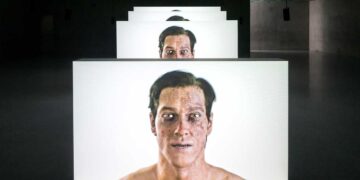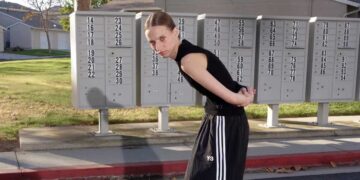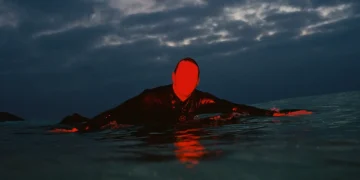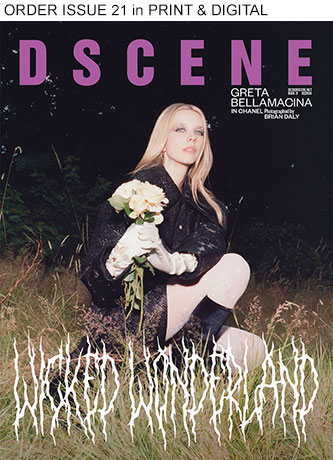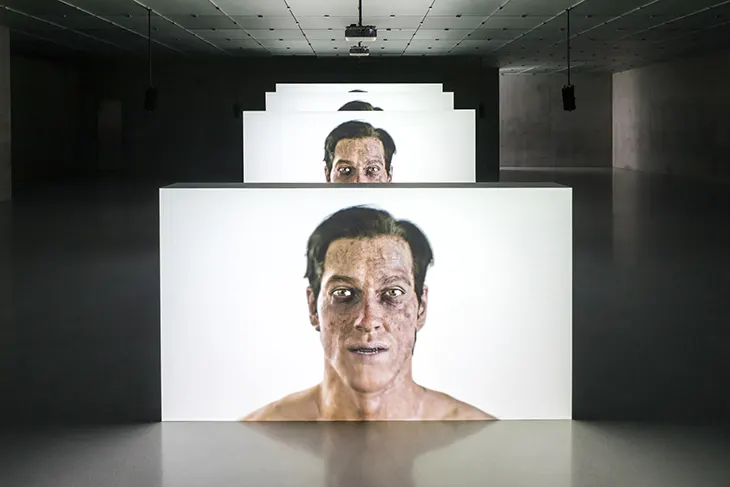
This spring, Tate Britain will host the most extensive UK exhibition to date of British artist Ed Atkins, offering a wide-ranging survey of his work across video, writing, painting, embroidery, and drawing. Known for his unsettling and emotionally charged computer-generated imagery, Atkins has spent over a decade dissecting the divide between human experience and digital representation. Through borrowed techniques from cinema, gaming, theatre, and literature, he constructs narratives that are both alien and familiar.
ART
The exhibition spans fifteen years of Atkins’ practice and places a strong emphasis on self-exploration and psychological complexity. With digital avatars often standing in for the artist himself, the works meditate on love, loss, and longing within technologically rendered spaces. A hallmark of Atkins’ practice is his use of repetition and structural interruption, video works will be duplicated, fragmented, or reformatted throughout the exhibition, reflecting his interest in confusion, incoherence, and the recursive nature of memory and emotion.
Прикажи ову објаву у апликацији Instagram
Among the earliest works on display are Death Mask II and Cur (2010), pieces Atkins describes as “montages of intoxication, rejection and abandonment.” These early videos showcase his unique audio-visual style, steeped in visual effects and abrupt sonic disruptions. Rather than hiding their artificiality, these works draw attention to the technologies that create them, glitching autofocus, oversaturated color, and sudden digital distortion all remind viewers they are watching something made, not lived.
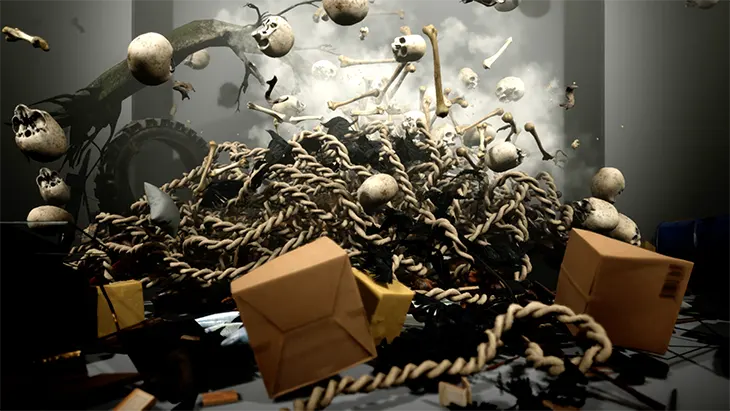
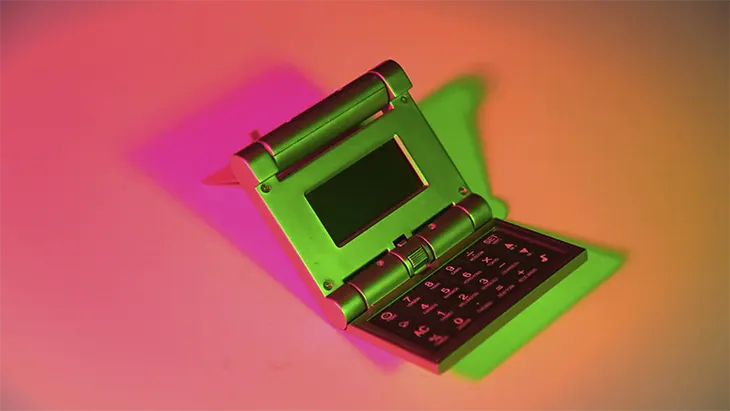
As Atkins’ practice evolved, so did his engagement with performance capture and CGI. Later works like Refuse.exe (2019) and The Worm (2021) take full advantage of game engines and animation software to create melancholic, surreal experiences. In Pianowork 2 (2024), a lifelike digital version of the artist plays a minimalist piano composition with eerie precision. These virtual figures are often surrogates for Atkins himself, figures navigating crises of identity, apologizing, unraveling, and confronting absence.
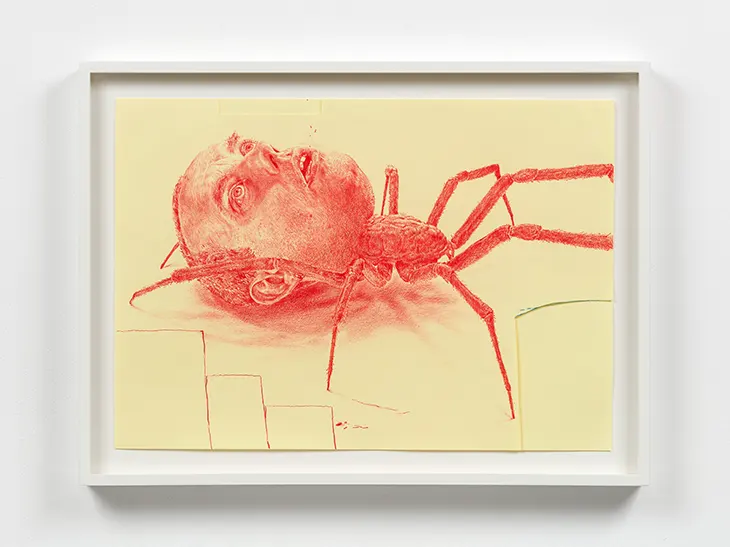
Loss forms a central thread throughout the show. A new feature-length film, developed with poet Steven Zultanski and premiering at the exhibition, draws from the death of Atkins’ father and his daughter’s imagined illnesses. These themes of grief and fabricated realities reflect his ongoing exploration of emotional authenticity in digital spaces. Even in analogue works, paintings of beds, sketches of limbs, the tension between presence and disappearance remains palpable.
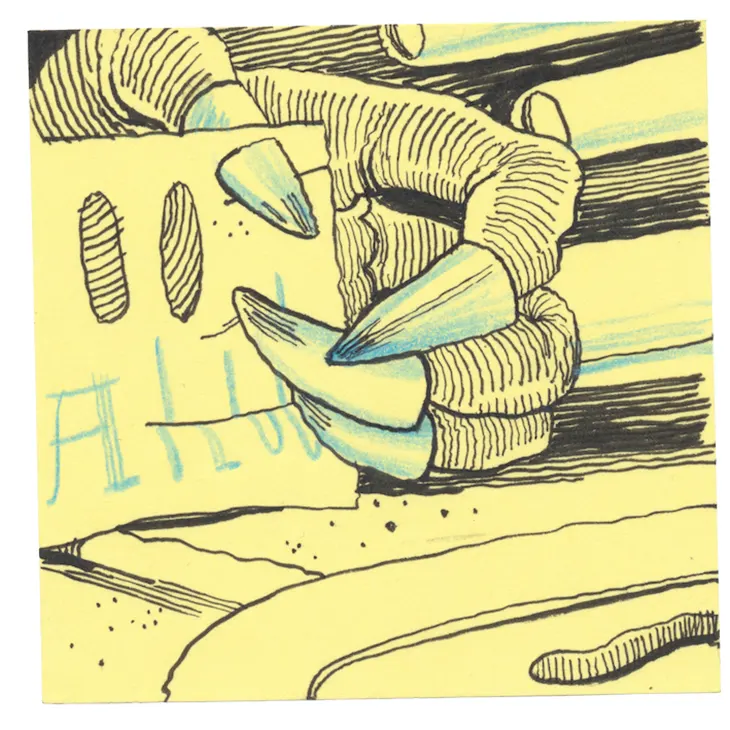
At the center of the exhibition is a large display of Post-It note drawings created for his children, what Atkins calls “tiny, laboured, inscrutable attempts to communicate feeling.” These images, filled with absurdity and affection function as a visual key to his broader work. They are not only playful but sincere, offering a counterweight to the polished artificiality of his digital videos. Curated by Polly Staple, Nathan Ladd, and Hannah Marsh, this exhibition reveals Ed Atkins as a singular voice negotiating the tangled relationship between technology, emotion, and the self.
The exhibition will be on view at Tate Britain in London from 2 April to 25 August 2025.
